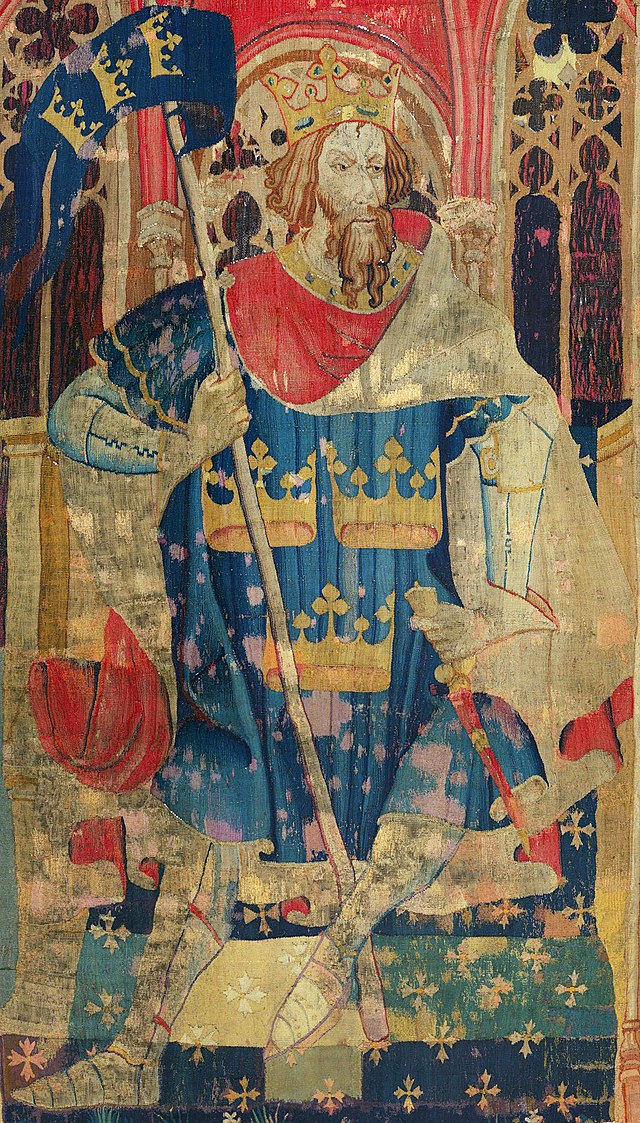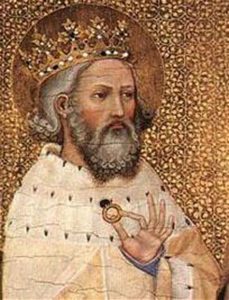Tuesday, 31 October 2023
The Melun Diptych
Monday, 30 October 2023
Forts on the Eastern Frontier of the Roman Empire
Sunday, 22 October 2023
Thomas Wolsey’s galero
Monday, 16 October 2023
Cardinal William Allen
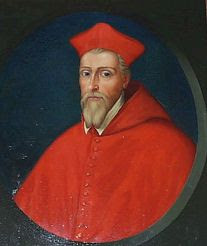
Sunday, 15 October 2023
The diet on medieval Lindisfarne
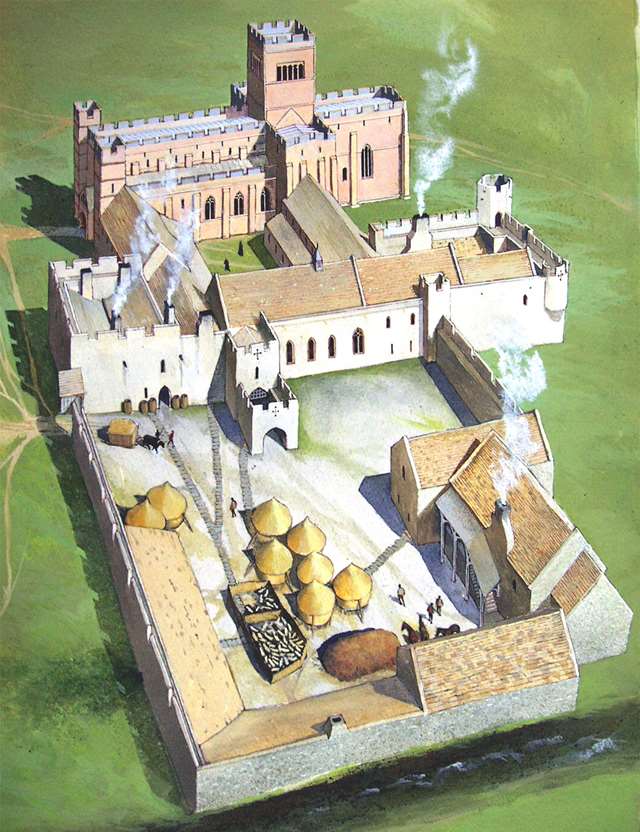
The crucifix of Bl. Edward Oldcorne
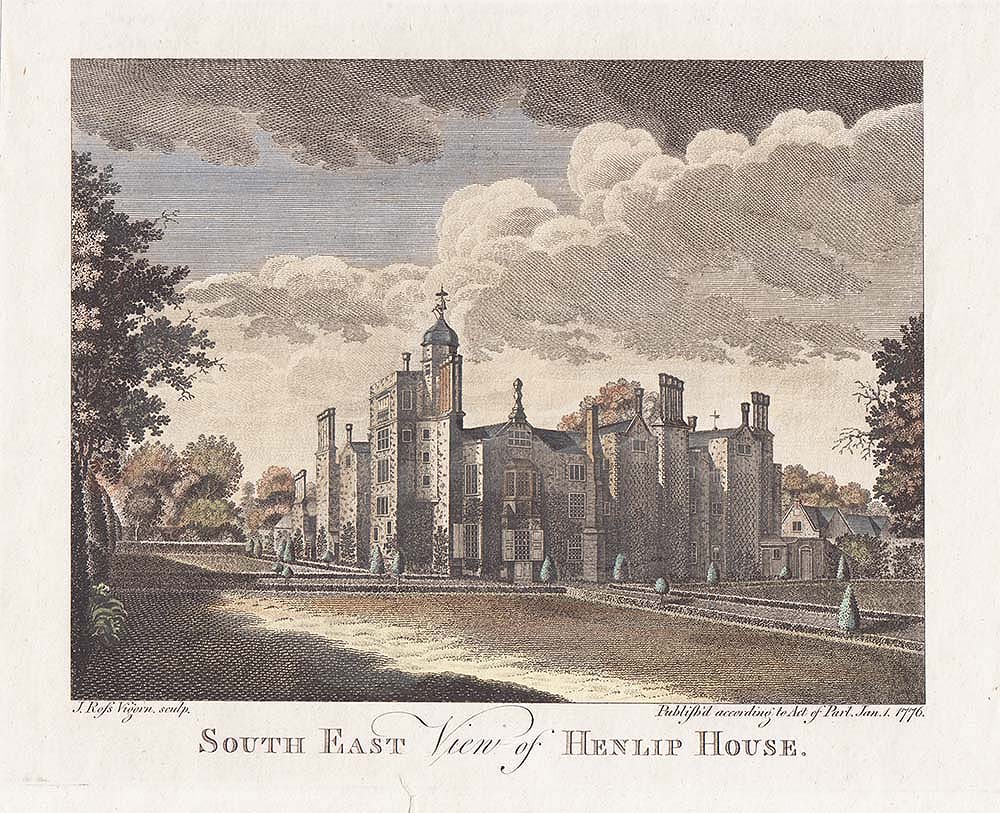
Saturday, 14 October 2023
St Edward the Confessor and his cult

Colour and the Elgin Marbles

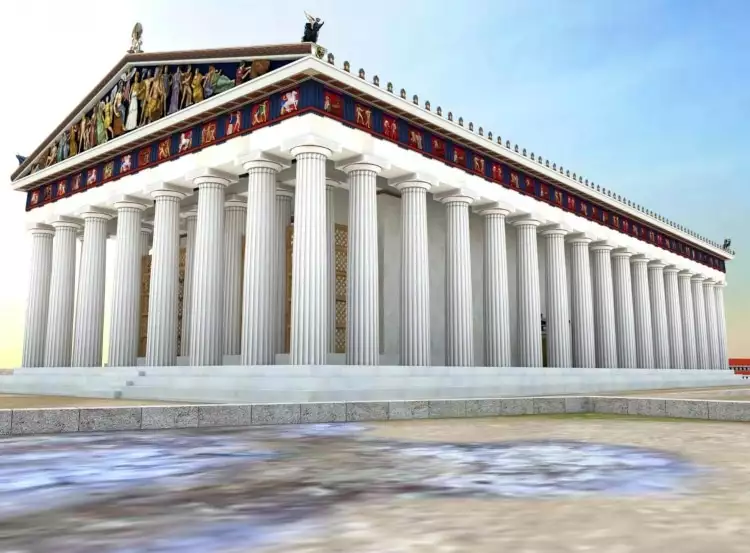
Friday, 13 October 2023
More on the Cardinal Pole exhibition at Lambeth Palace

Wednesday, 11 October 2023
A coin hoard from Glencoe
Tuesday, 10 October 2023
Key texts from Newman
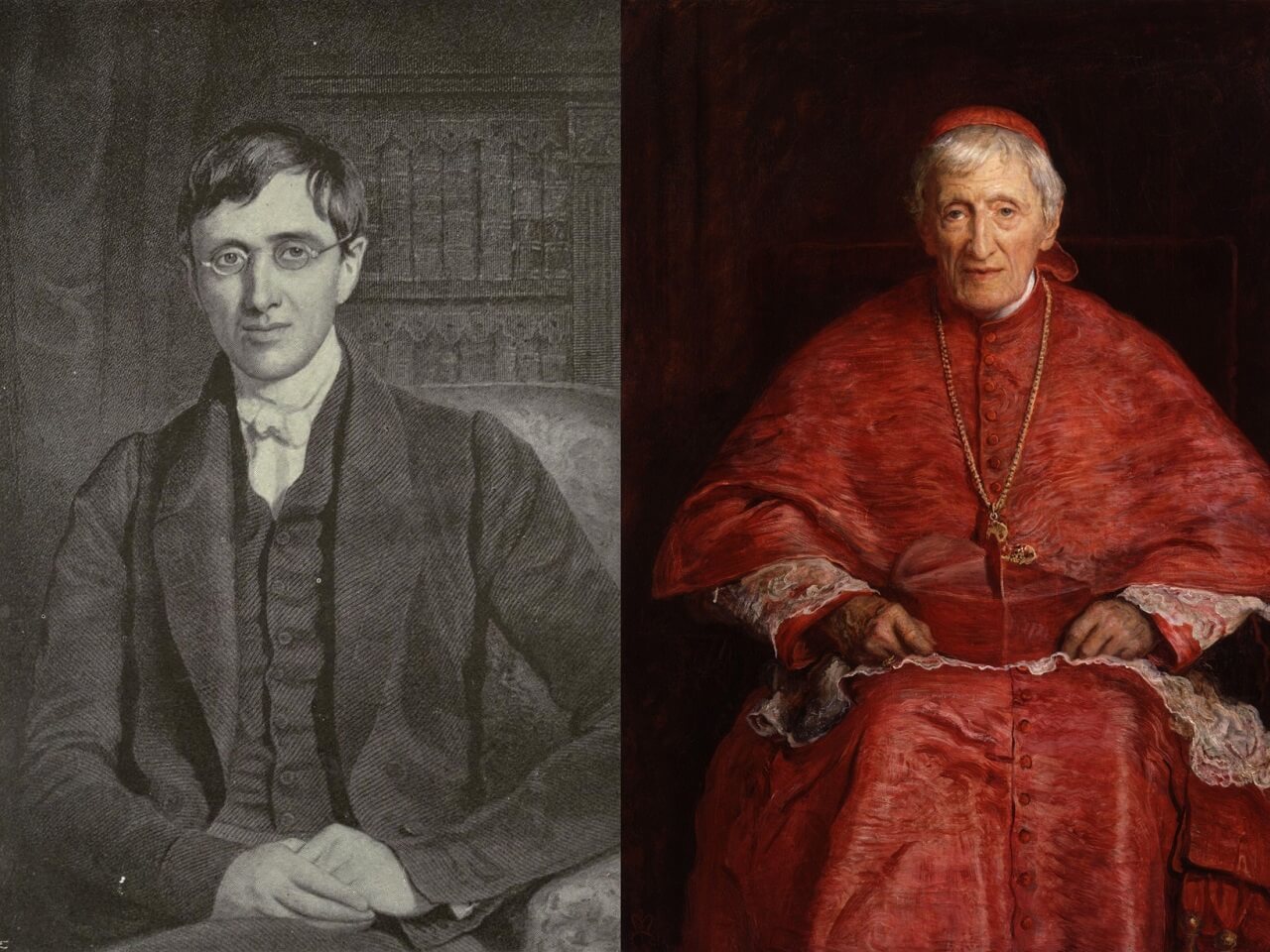
Pathways to Rome: An Anthology of Significant Texts from St John Henry Newman compiled by Rhidian Jones.
I am not ashamed to stand upon the Fathers, and do not mean to budge … the Fathers made me a Catholic, and I am not going to kick down the ladder by which I ascended into the Church.
Certain Difficulties felt by Anglicans in Catholic Teaching: Vol 2 ( London, 1896 ), 24
My stronghold was Antiquity; now here in the middle of the fifth century, I found, as it seemed to me, Christendom of the sixteenth and the nineteenth centuries reflected. I saw my face in a mirror, and I was a Monophysite. The Church of the Via Media was in the position of the Oriental Communion, Rome was where she now is; and the Protestants were the Eutychians.
Apologia Pro Vita Sua 114
All the forms of Protestantism are but toys of children in the great battle between Holy Catholic Roman Church and Antichrist.
Letters & Diaries XIX, 487-8
To be deep in history is to cease to be a Protestant.
An Essay on the Development of Christian Doctrine, 8
By these great words [ sicurus iudicat orbis terrarum] of the ancient Father [ St Augustine ], interpreting and summing up the long and varied course of ecclesiastical history, the theory of the Via Mediawas absolutely pulverized. The heavens opened and closed again. The thought for the moment had been, ̔The Church of Rome will be found right after all ̓ ; and then it vanished. He who has seen a ghost cannot be as if he had never seen it.
Apologia Pro Vita Sua, 116
Did St Athanasius or St Ambrose come suddenly to life, it cannot be doubted what communion he would take to be his own. All surely would agree that these Fathers … would find themselves more at home with such men as St Bernard or St Ignatius Loyola, or with the lonely priest in his lodging, or the holy sisterhood of mercy, or the unlettered crowd before the altar, than with the teachers or with the members of any other creed.
An Essay on the Development of Christian Doctrine, 93 et seq
I think the Church of Rome the Catholic Church, and ours not part of the Catholic Church because not in communion with Rome, and I felt I could not honestly be a teacher in it any longer.
Letter to Henry E. Manning, then Archdeacon of Chichester, written in 1843 (Letters & Diaries IX, 585 )
… as I advanced, my difficulties so cleared away that I ceased to speak of the Roman Catholics, and boldly called them Catholics.
Apologia Pro Vita Sua, 211
The Roman Communion is either the Church or it is not: if it is not, don’t seek to join it: if it is, don’t bargain with it; beggars must not be choosers.
Letter to Dr Pusey, 21st July 1867 ( Letters & Diaries XXIII, 273. )
This is why I am a Catholic – because our Lord set up the Church – and that one Church has been in the world ever since – because in every age bodies have fallen off from her, and have shown in the event that that falling off was death – that they tended to lose all definite faith, as bodies. Letter to a Mrs Helbert, 1869, (Letters & Diaries XXIV, 354-5. )
Have nothing to do with a ̔Branch Church ̓ … Depend upon it, such as is one, such is another … a branch is a branch, and no branch is a tree. Depend upon it, my brethren, it is not worth while leaving one branch for another.
Advice to Anglo-Catholics, Certain Difficulties felt by Anglicans in Catholic Teaching Vol I, XV, 169
This I am sure of, that nothing but a simple direct call of duty is a warrant for anyone leaving our Church; no preference of another Church, no delight in her services, no hope of greater religious advancement in it, no indignation, no disgust at the persons and things amongst which may find ourselves in the Church of England. The simple question is Can I ( it is personal, not whether can another, but can I ) be saved in the English Church. Am I in safety were I to die tonight? Is it a mortal sin for me not joining another communion?
Apologia pro Vita Sua, 231
St John Henry Newman

Sunday, 8 October 2023
Conserving the King Arthur Tapestry at The Met
